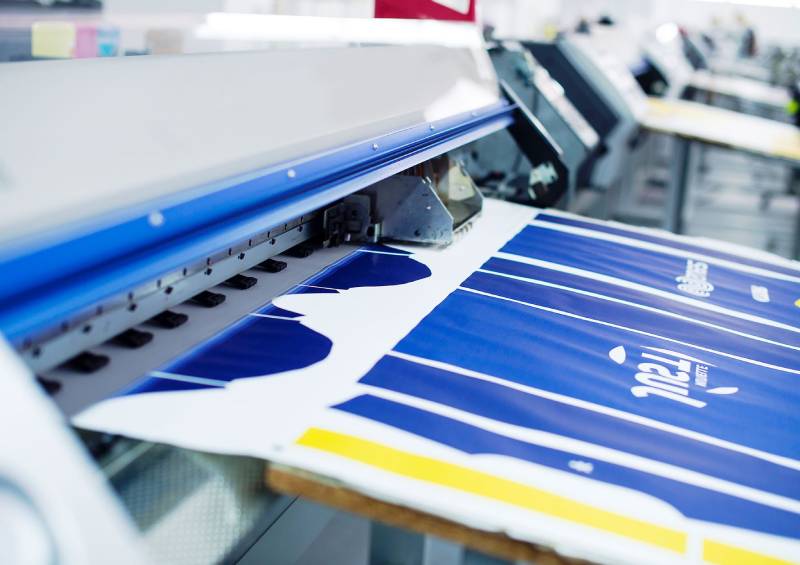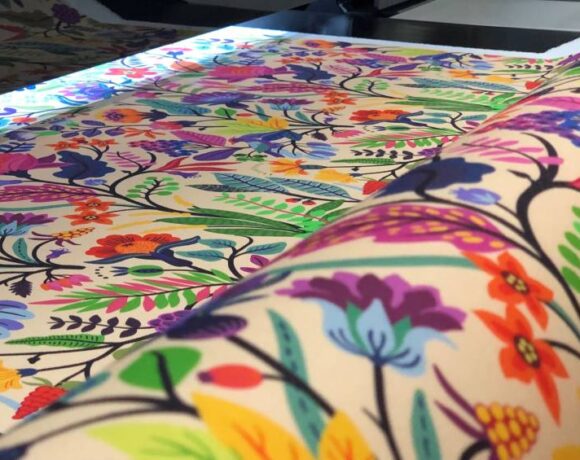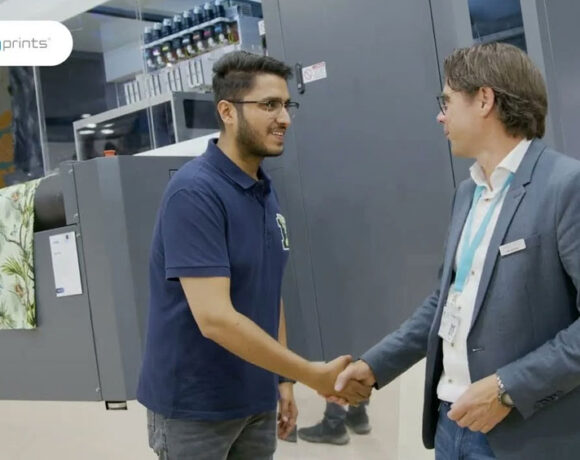Sublimation Printing: The Ultimate Textile Solution For Sports Clubs

Sublimation printing has become a favoured textile printing process for sports clubs, offering distinct advantages over traditional methods. But what exactly does sublimation printing entail? The term “sublimation” refers to the direct transition of a substance from a solid to a gaseous state without passing through a liquid phase. In sublimation printing, solid colour pigments are vaporized using heat (up to 230°C) and infused into the textile fibres, resulting in a permanent bond that enhances durability.
The process of sublimation printing, often called transfer printing, begins with the desired print motifs being mirror-inverted onto a transfer foil or paper using specialized inks. This transfer ribbon is then positioned on the textile with the printed side facing down. After heating the materials to approximately 230°C with a thermal transfer press, high pressure is applied, allowing the dyes to sublimate and penetrate the textile fibres as gases. The unique aspect of this method is that the colours become part of the fabric rather than merely resting on the surface, ensuring exceptional longevity and vibrancy. However, it is important to note that sublimation-printed textiles must consist of at least 85% polyester fibres for optimal results.
One of the key advantages of sublimation printing is its ability to produce precise print results. No other textile printing process can replicate intricate motifs and photographs with such high fidelity, with the colours remaining vivid even after multiple washes. Moreover, sublimation printing is flexible in design; being a digital process, it allows for an expansive colour palette and accommodates complex patterns without compromising quality. The material properties of the textiles are retained, making it particularly beneficial for active wear, where breathability is essential. Additionally, the resilience of sublimation-printed textiles ensures they are resistant to fading, wear and environmental factors, which is especially important in sports applications.
Economic production is another advantage, as sublimation printing allows for cost-effective runs, regardless of the number of motifs or their complexity. This means that small orders can be produced without incurring additional costs, unlike many conventional textile printing methods. Furthermore, sublimation printing boasts rapid production times since it requires no post-treatment, resulting in garments that are immediately ready for use. The capability to easily reorder designs also simplifies the process for sports clubs, allowing them to replicate existing designs without hassle.
However, sublimation printing is not without its limitations. It is confined to synthetic fabrics, as the dye molecules can only bond with polyester and cannot be used on cotton or silk textiles. Additionally, graphic costs can be high if a provider lacks a 3D online configurator, which would allow customers to design their motifs affordably.
In the sports sector, sublimation printing shines due to several factors. The predominant use of polyester fabrics aligns perfectly with the sublimation process, enhancing the material properties that are vital for sportswear, such as breathability, moisture transport and quick drying. The durability of sublimation-printed apparel is crucial, given the frequent washing that sportswear undergoes. Moreover, the affordability of producing jersey sets through sublimation printing alleviates financial pressures for clubs, allowing them to maintain quality while managing costs.
Sponsorship opportunities also benefit from sublimation printing, as clubs can add multiple sponsor logos without incurring additional charges. This makes it an attractive option for teams reliant on sponsor support. Companies like Spized further enhance the appeal of sublimation printing by offering user-friendly 3D configurators, quick delivery times, sustainable production practices and the ability to place small orders, streamlining the entire process for sports teams.















